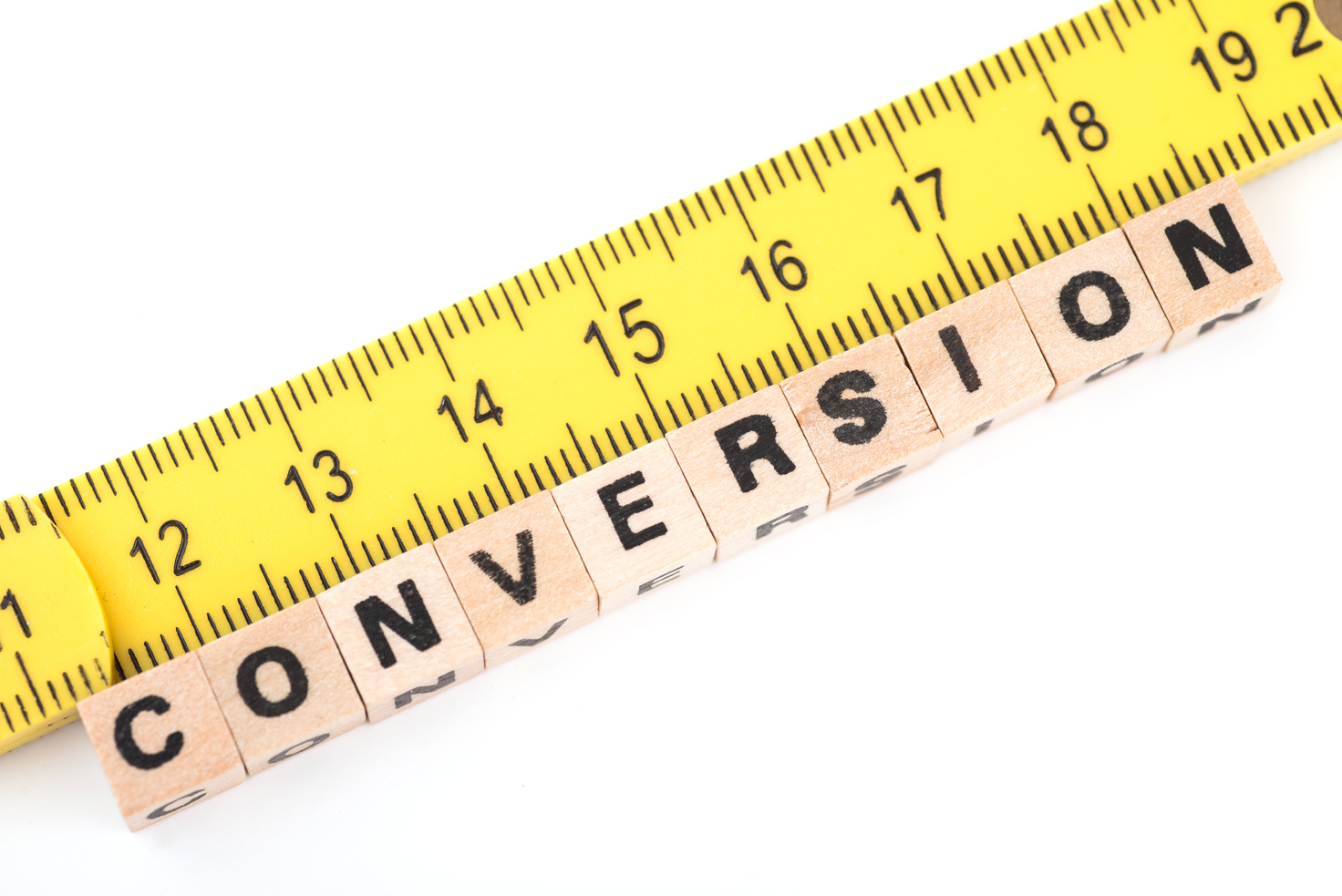Is a Roth Conversion Right for Me?
When planning for retirement, a few questions seem to come up again and again-especially if you’re in a season of transition like divorce, job change, or early retirement:
- Should I convert my traditional IRA to a Roth IRA?
- Can I access Roth IRA funds early without penalties?
- What should I know before converting a large traditional IRA?
These are great questions, and the answers depend on your unique financial picture. Understanding the difference between Roth and Traditional IRAs can help you make a more confident, informed decision about your future.
Roth vs. Traditional: What’s the Difference?
 A traditional IRA lets your money grow tax-deferred. You don’t pay taxes on it now, but you will when you take it out in retirement.
A traditional IRA lets your money grow tax-deferred. You don’t pay taxes on it now, but you will when you take it out in retirement.
A Roth IRA works the opposite way: you pay taxes upfront, but qualified withdrawals down the road are completely tax-free. That’s what makes Roth conversions so appealing—especially if you expect to be in a higher tax bracket later, or you want to leave a tax-free legacy to your loved ones.
When Could a Roth Conversion Be the Right Move?
Here are three common scenarios where a Roth conversion may make sense:
You Expect to Be in a Higher Tax Bracket Later
If you’re in a low-income year—say, you just retired and haven’t started Social Security or RMDs yet—converting now could mean paying less in taxes than you would later. It’s all about timing.You Want More Flexibility in Retirement
Having a mix of traditional and Roth accounts gives you options. You can better manage your taxable income year to year, potentially keeping taxes lower and avoiding things like increased Medicare premiums.You’re Thinking About Estate Planning
Roth IRAs don’t have required minimum distributions (RMDs) during your lifetime, so your money can grow tax- free longer. If you pass the account on, your heirs benefit from that growth—though they’ll need to withdraw the funds within 10 years.
What if I need early access to my Roth?
If you’re under 59½ and want to access some retirement funds early, a Roth conversion ladder might be a strategy to consider.



Here’s how it works:
Each conversion has its own five-year clock. After five years, you can take out the converted amount without the 10% early withdrawal penalty.
The clock starts January 1 of the year you do the conversion—even if you convert on December 31!
The key is to only withdraw the converted amounts (not the earnings) once five years have passed. Good recordkeeping is essential here.
What If I Have a Large Traditional IRA?
If your IRA is on the bigger side, converting all at once can cause a tax avalanche. But with some thoughtful planning, you can spread out the conversion and minimize the impact.
Here’s what to keep in mind:
Tax brackets matter: Converting in chunks over several years can help you stay in a lower bracket and avoid unnecessary taxes.
Medicare premiums (IRMAA): A big conversion might raise your Medicare Part B and D premiums—often two years later. This surprise can sting if you’re not expecting it.
Other income sources: Consider how Social Security, pension income, or capital gains will stack on top of your conversion income.
Final Thoughts: It’s All About Balance
 A Roth conversion can be a powerful tool for long-term financial freedom—but it’s not a one-size-fits-all strategy.
A Roth conversion can be a powerful tool for long-term financial freedom—but it’s not a one-size-fits-all strategy.
You’re essentially choosing to pay some taxes now in exchange for more tax control and flexibility down the road. That’s why timing and planning matter so much.
If you’re divorced, approaching retirement, or just want to be more intentional with your money, it’s okay to feel a little overwhelmed. These decisions are big—but you don’t have to make them alone. Partnering with a financial advisor who understands your life stage and goals can make all the difference. Together, you can create a personalized strategy that feels smart, empowering, and true to your values.
Need help deciding if a Roth conversion is right for you? Let’s talk about what makes sense for your situation. Still want to dive further into whether a Roth IRA fits your goals, check out this helpful guide: Is a Roth Conversion Right for You?
Stay Informed. Stay Intentional. Stay Confident.
Brianna Beski is a financial advisor and CDFA at Raymond James, based in Colorado. She focuses on helping people have confidence in their financial futures. For the rest of the story, visit her website or email her at brianna.beski@raymondjames.com.
The foregoing information has been obtained from sources considered to be reliable, but we do not guarantee that it is accurate or complete, it is not a statement of all available data necessary for making an investment decision, and it does not constitute a recommendation. Any opinions are those of Brianna Beski and not necessarily those of Raymond James. Please note, changes in tax laws or regulations may occur at any time and could substantially impact your situation. While we are familiar with the tax provisions of the issues presented herein, as Financial Advisors we are not qualified to render advice on tax or legal matters. Raymond James does not provide tax or legal advice. Please consult your own legal or tax professional for more detailed information on tax issues and advice as they relate to your specific situation.
Raymond James & Associates, Inc., member New York Stock Exchange/SIPC


